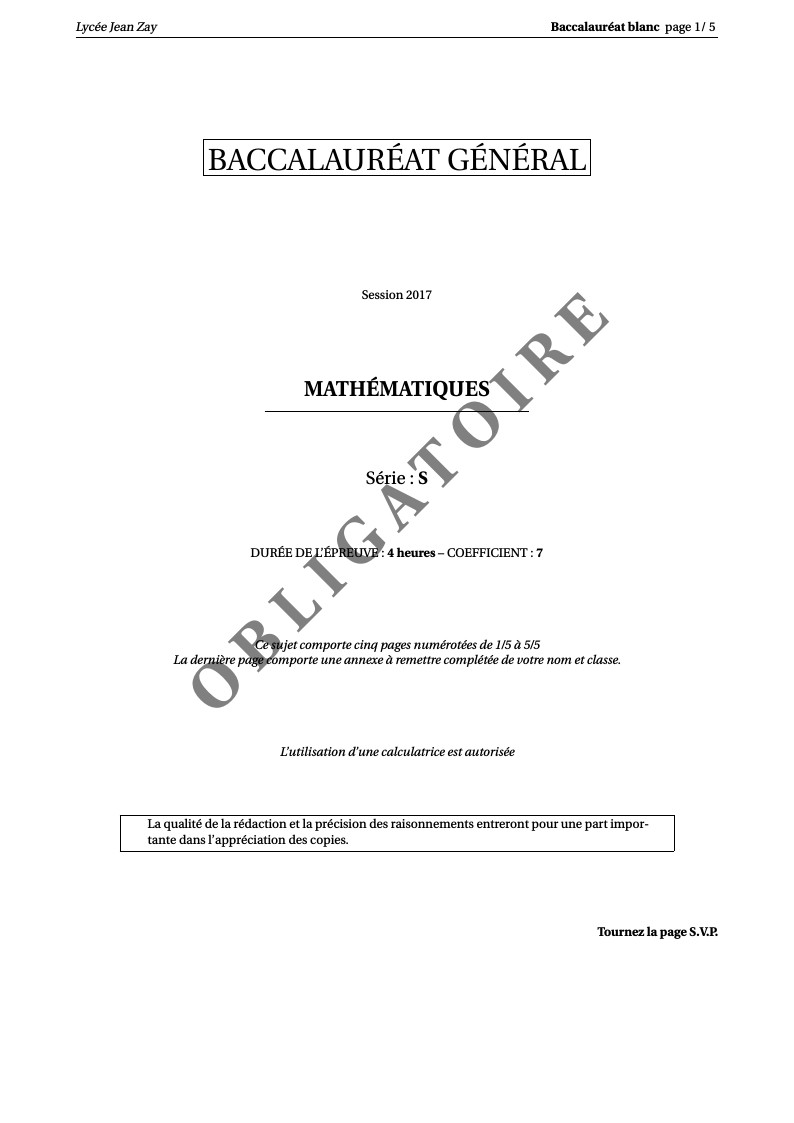overleaf template galleryLaTeX templates and examples — Recent
Discover LaTeX templates and examples to help with everything from writing a journal article to using a specific LaTeX package.

Dalhousie University thesis template

The template for the documentation of Eagle-TRT (https://eagletrt.it)

The template is based upon the official copy provided by UMTL at DFKI. The original template is available to download as ZIP from the following official URL: https://umtl.cs.uni-saarland.de/teaching/thesis.html

A LaTeX template based on the official HiLumi Powerpoint Template.

STEM Fellowship's Scholarly Writing Workshops aim to complement learning experiences with relevant digital tools. The Editing 101: Learn To Be Your Own Editor workshop will largely focus on editing, where workshop attendees will learn strategies to edit for flow, clarity, grammar and conciseness in a series of hands-on exercises.

Modelo de atividades utilizado pela equipe Asa Branca Rocket Design da UFPE.

se presenta el desarrollo de un algoritmo bajo código fuente JavaScript para la solución de la ecuación de flujo crítico (2). Se implementó un lenguaje de programación orientado a objetos para sistemas Android 4.0 o superiores a partir de procesos iterativos e incrementales (Desarrollo ágil). Se utilizó el método numérico de Newton-Raphson para determinar la profundidad crítica de sietes secciones hidráulicas (Rectangular, trapezoidal, trapezoidal asimétrico, triangular, triangular asimétrico, parabólico y circular). Con el propósito de acelerar y garantizar el nivel de convergencia para cada una de las secciones se obtuvo una función potencial para establecer el valor semilla en el proceso iterativo, este valor se asocia de manera directa a las condiciones preestablecidas del problema hidráulico. La aplicación calcula la profundidad crítica, velocidad crítica, área

Modele de doc LaTeX pour bac blanc maths avec page de garde style bac et préambule de l'APMEP adapté pour Overleaf et mise en page A4. http://www.apmep.fr/-Annales-Bac-Brevet-BTS- Author: Vincent Pantaloni (Lycée Jean Zay, Orleans) http://prof.pantaloni.free.fr/ Twitter @panlepan
\begin
Discover why over 20 million people worldwide trust Overleaf with their work.
